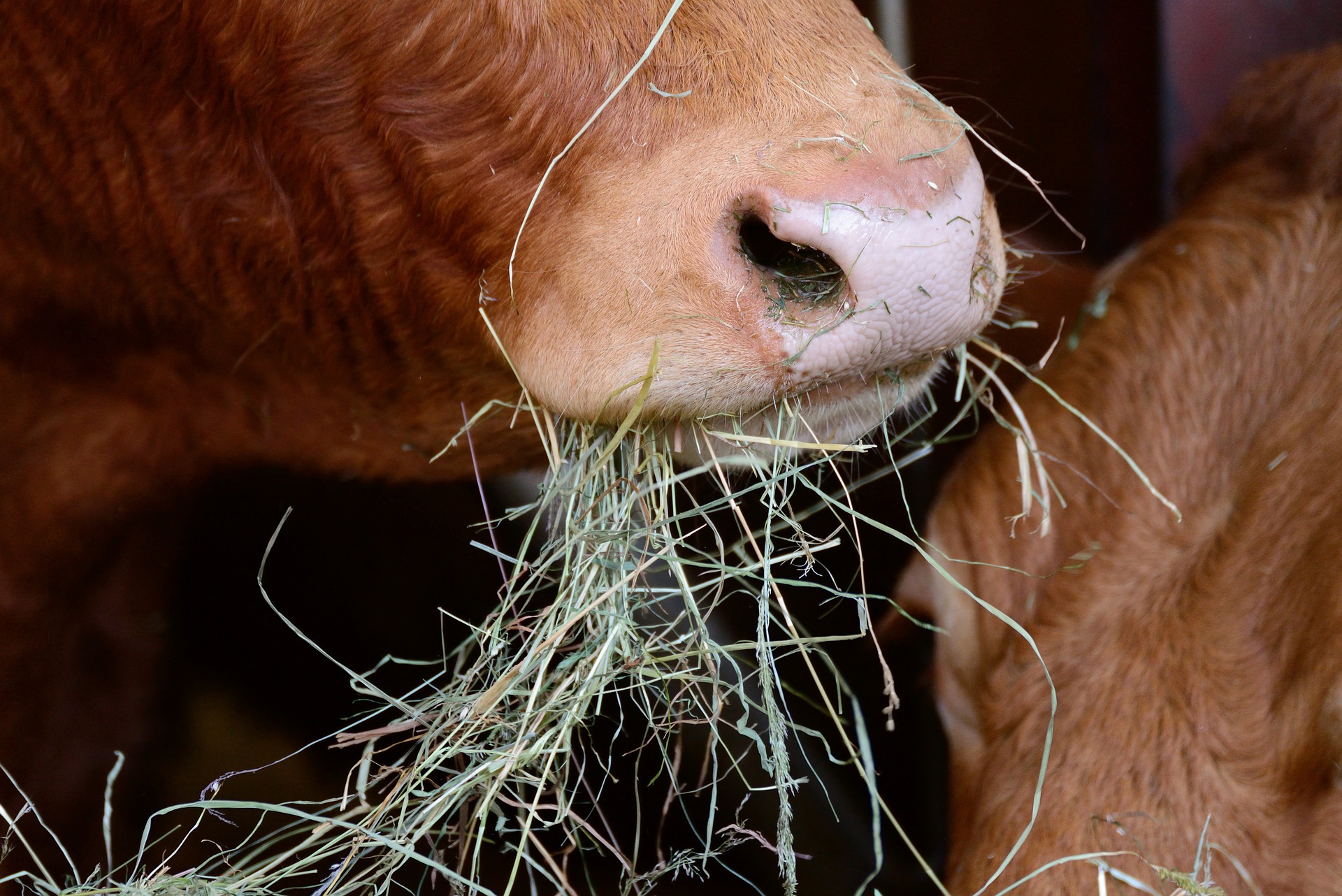
Almost every multi-celled organism on the planet is capable of shedding pathogens of one sort or another. In environments with large, dense populations, such as those of cattle, shedding of disease-causing viruses and bacteria can cause widespread disease rapidly. An understanding of how shedding occurs amongst cattle provides insight into preventing the outbreak of disease and consequential profit loss.
What is shedding?
Shedding is the expulsion of disease-causing microorganisms into the environment. When a pathogen has matured and reproduced within the host’s body, it must find a way to spread. Some of the most common ways cattle shed these germs is through their manure, coughing and sneezing and sharing common feeding and watering areas. When there are multiple animals living within close quarters, the likelihood of widespread infection increases.
How does shedding occur?
Viral, bacterial and fungal shedding occur via a variety of routes – pathogens can be introduced into the environment via the GI tract (Escherichia coli), respiratory tract (bovine respiratory syncytial virus – BRSV), oro-nasal (foot-and-mouth disease virus – FMDV and Mycobacterium bovis), ocular (infectious conjunctivitis – pink eye), reproductive tract (brucellosis) and even through the skin and hooves (dermatophytosis – ring worm).
Respiratory Tract
Shedding via the respiratory tract is perhaps the most common cause of infection in cattle. Secretions such as saliva and mucus can be aerosolized when an animal coughs or even just breathes, forcing millions of disease-causing pathogens into the environment. Some of these diseases are airborne and must be inhaled by other animals to cause infection, while others can land on fur or other surfaces and be taken into the nasal or oral cavity and lead to infection.
The incidence of transmission (particularly with inhaled microorganisms) increases exponentially when there are close quarters, such as a cattle transport or crowded pens at a sale barn or feedlot. Animals that are stressed and compromised will be more likely to contract diseases in these environments than those that are healthy and in a positive energy balance.
GI Tract
GI tract shedding is another common route for infection, as manure is regularly excreted into the environment and animals will tread through it, lay in and then, while browsing or cleaning themselves or each other, ingest the pathogens contained in the infected manure. Another issue is housing that is not frequently cleaned of excrement. Microorganisms can thrive in wet conditions, populating not just the fecal matter but the soil, as well. Feed bunks and watering sources may become contaminated with infected feces or soil, creating an even larger problem, as the majority of animals in a given space will be exposed.
Bacterial infections are of particular concern with this route of spread. Viral contagions often cannot live outside of a host for extended periods of time; however, many bacterial agents are capable of living in a non-host environment for extended periods of time and through extreme weather fluctuations. Therefore, infections such as Salmonella sp. and E. coli can get out-of-hand so quickly.
Oro-nasal Route
Some infectious microorganisms are spread easily via the oro-nasal route through saliva and mucous membrane secretions. This includes diseases such as foot-and-mouth-disease virus (FMDV) and Bovine papular stomatitis. An animal must come in direct contact with the contaminated surface, such as feed bunks or through licking or touching noses with an infected animal.
Ocular Route
Certain diseases such as pink eye are spread through contact with contaminated secretions from the eyes, and to a lesser extent the nose and mouth, due to the structure of the nasolacrimal ducts. The majority of eye infections in cattle are caused by bacteria. The most common means of spread for these infections is direct contact or rubbing of faces on fences, feeders, etc. It is also possible for these secretions to be deposited on grass or brush where other cattle may frequent and become exposed.
Genital Route
Brucellosis sp. are commonly shed through the reproductive tract in cattle. Placental fluids and vaginal discharges of infected cows can infect other cattle that may lick the infected animal. Feed and water sources can also become easily contaminated, creating the potential for widespread infection.
Additionally, there are numerous venereal diseases that can be shed but are only spread through the mating of infected animals, making these pathogens less likely to affect feedlot operators.
While the shedding of infectious microorganisms cannot be completely prevented, measures can be taken to help keep the impact to a minimum. Reducing stresses on animals, including providing high-quality feed and clean water, a calm environment and proper handling and a solid sick treatment protocol can go a long way towards helping prevent disease outbreaks in cattle operations.
